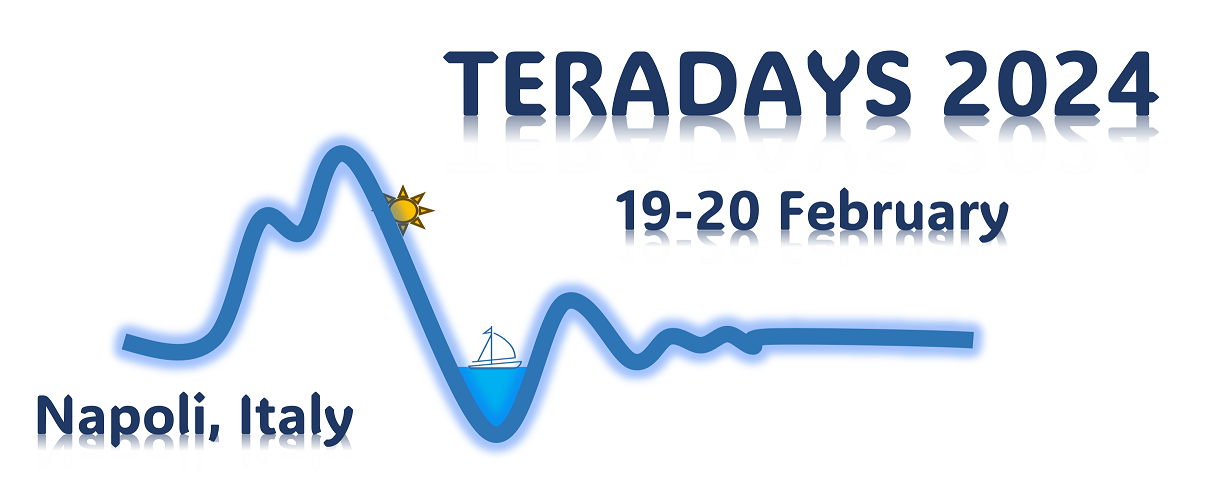Speaker
Description
Plastic foams are widely used materials made by mixing polymers with a gas [1]. Their mechanical and physical properties are governed mainly by the density, so it is important to assess this feature to check the accuracy of the production process. However, while simple in principle, density measurements are not straightforward in practice, especially when objects have a non-uniform density. Therefore, there is a huge interest towards the development of effective, possibly low-cost methodologies to accurately measure the foam density and its spatial distribution.
Starting from the observation that the molecular mixture constituting the foam appears electrically homogeneous at THz wavelengths, this communication proposes an approach based on the use of time of flight (ToF) [2] to reconstruct the foam density spatial map. The approach is applicable to samples whose thickness and electromagnetic parameters are such that the impinging THz wave reaches a metal substrate behind the sample and neglects the possibly dispersive behavior of the material under test. It provides 2D maps that describe the spatial variability of the thickness and the effective refractive index of the sample under test, which embeds the changes of the material refractive index along the wave propagation path. The same idea was previously exploited for the characterization of magnetic scaffolds [3].
To enable the evaluation of the density, a set of uniform propylene foam samples having well-known density were first realized and characterized by means of the proposed approach to build a refractive index-density calibration curve. For a generic object under test, this curve is used to turn the estimated effective refractive index into a map of the density.
The characterization of the sample depicted in Figure 1a is shown as an example of the proposed approach. According to the production process procedure, this sample is expected to be uniform, with density ρ = 214 kg/m3; determined by weighting the sample. Figure 1b shows the estimated thickness map, which is confirmed to be of about 8 mm, without relevant geometrical changes. Figure 1c reports the average sample refractive index map, which is then turned into the spatial density map in Figure 1d by using the calibration curve. As can be seen, the THz inspection reveals that, contrary to expectations, the actual density of the plastic foam sample is not uniform, due to some flaws occurring during the sample-production process. More examples and details will be given at the conference.
Figure 1. THz imaging of a PP foam: a) image of the sample; b) estimated thickness; c) estimated average refractive index; d) reconstructed foam density map.
References
1. Landrock, A. H. Handbook of plastic foams: types, properties, manufacture and applications (Elsevier, 1995).
2. Jepsen, P. U., Cooke, D. G., & Koch, M. (2011). Terahertz spectroscopy and imaging–Modern techniques and applications. Laser & Photonics Reviews, 5(1), 124-166.
3. Zappia, S., Scapaticci, R., Lodi, M. B., Fanti, A., Ruello, G., Crocco, L., Catapano, I.. “Non-Destructive Characterization of Magnetic Polymeric Scaffolds using Terahertz Time-of-Flight Imaging”. IEEE Transactions on Terahertz Science and Technology, 2023.

